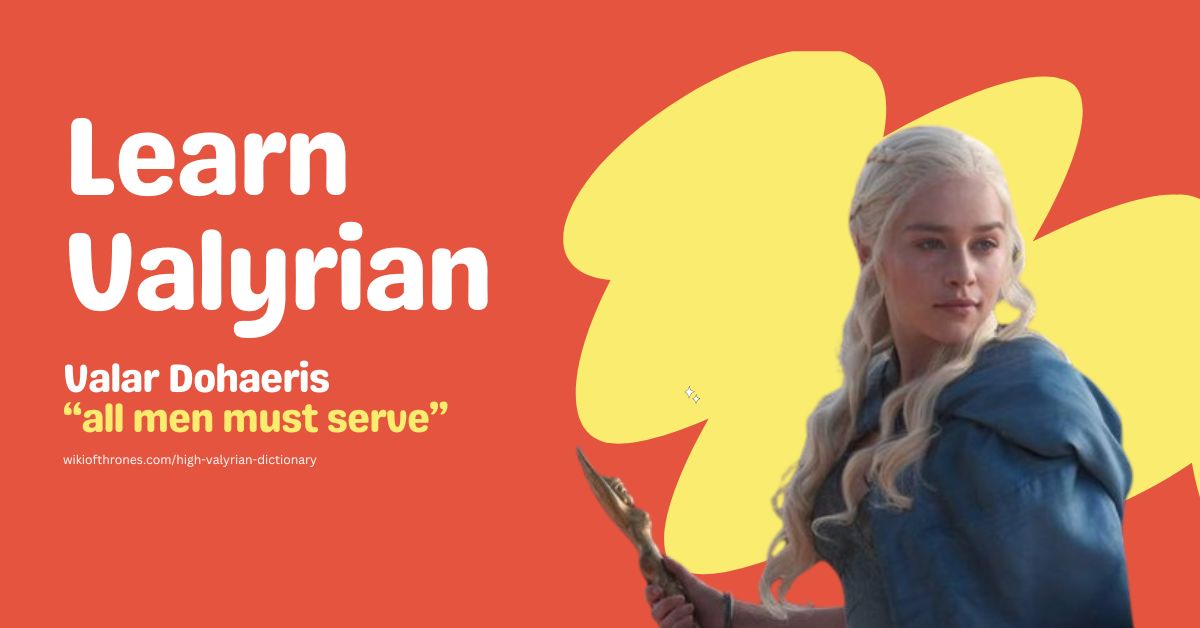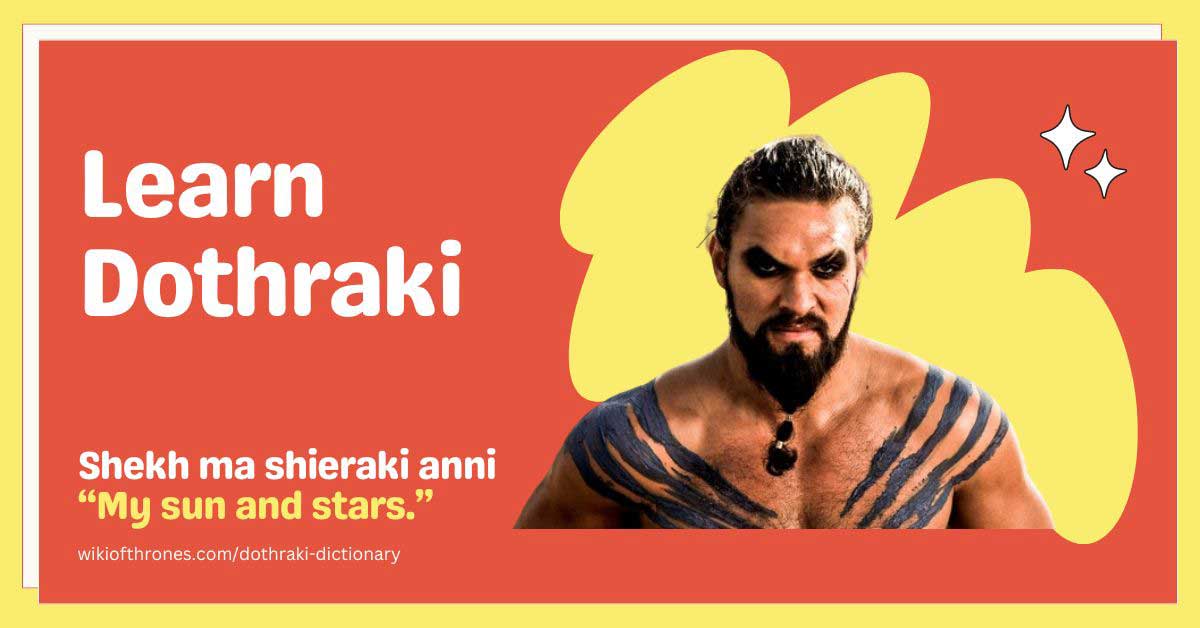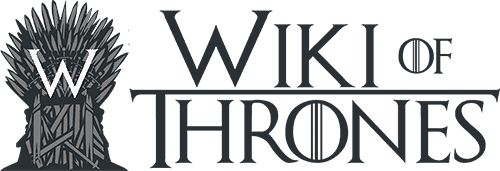General
All the Valyrian dragon commands we know so far from House of the Dragon
Exploring the language of the dragonriders.
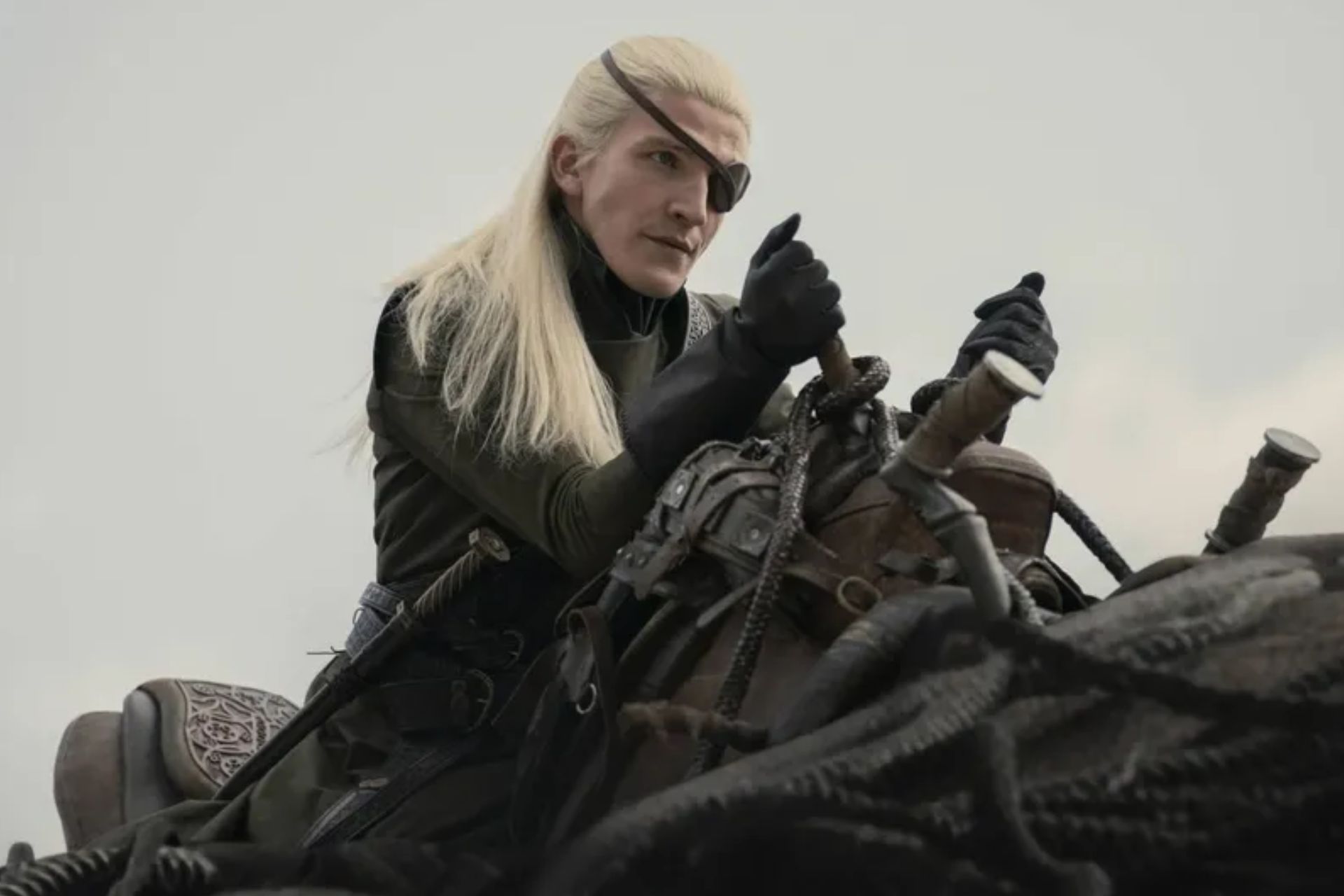
House of the Dragon episode 7 combined the best of everything we have come to love from the series. Love, blood, deception, and dragons. As the young prince Aemond Targaryen stole the most enormous dragon alive, Vhagar, he showed the audience many new dragon commands. The dragons are tamed to respond to Valyrian commands, and here’s all we know so far.
Valyrian dragon commands in the series
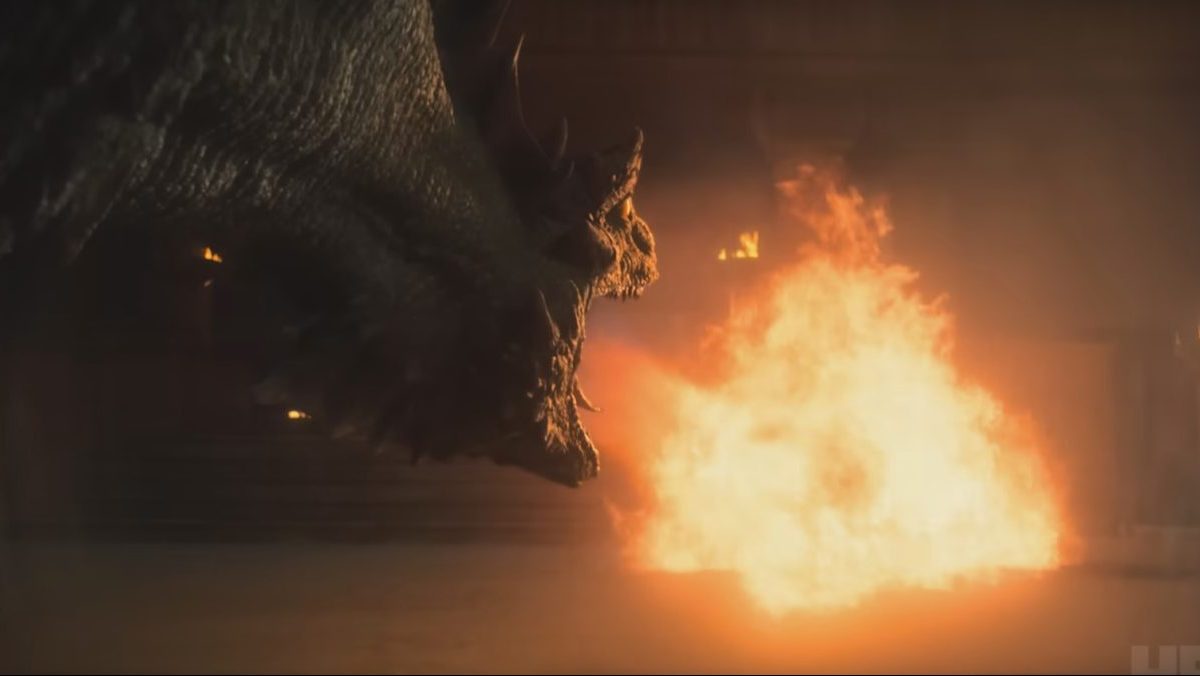
Dracarys
Undoubtedly the most well-known in the Game of Thrones universe. We have heard it numerous times, thanks to Daenerys Targaryen, which means “dragonfire.”
Dohaeras
We have heard this word several times in House of the Dragon from the dragon handlers. Simply put, this word means “obey.” It can also mean “serve” since “Valar Dohaeris” meant “all men must serve.” Aemond also uses it to make Vhagar yield to him.
Lykiri
Being used as a dragon command for the first time, Lykiri means “calm” or “calm down.” Aemond used Dohaeras and Lykiri just as Vhagar was to turn him into ash. Since Aemond has no prior dragon-riding experience, we can assume he learned these words from the dragon handlers, who also taught his brother and nephews.
Sōvēs
Aemond Targaryen gives this command to Vhagar. Daenerys used this once in season 3 of Game of Thrones and then replaced it with the Dothraki “Valahd” in season 5. Both commands signal the creature to take off or “fly.” The Dothraki means “horizon” in the most literal sense, but it is intended to be used as the “Hya!” or “Giddy Up” command on horses.
Umbās, Māzīs, Naejot, Rȳbās
We heard a combination of a few of these words from the dragon handlers to Syrax as a young Princess Rhaenyra descended from her in season one. Umbās means “wait,” Māzīs is “come,” Naejot signals the “forward” command, and Rȳbās means “focus.”
Sīmās
Sīmās translates to “rise,” and in Season 2 Episode 3, we hear Baela Targaryen command this to her dragon, Moondancer. This occurs in the scene just before she pursues Gwayne Hightower and Criston Cole while Gwayne is in an open field, contemplating a trip to an inn with his companions.
Iōrās
Iōrās means “stand,” and in Season 2, Episode 4, Rhaenys commands this to Meleys when she returns to Dragonstone after patrolling the Gullet.
Jātās, Kejot, Paerī, Gevī.
In Season 2, Episode 4 of House of the Dragon, the dragonkeeper instructs Meleys with the following commands: Jātās, which means “Move,” Kejot, meaning “Forward,” Paerī, translating to “Slow,” and Gevī, which means “Good.” These instructions are given after Rhaenys returns to Dragonstone with Meleys from patrolling the Gullet.
Sīr daor
Aemond tells Vhagar “Sīr daor” before the Battle of Rook’s Rest, meaning “Not yet.”
Angōs
During the Battle of Rook’s Rest, Rhaenys instructs Meleys with “Angōs,” which translates to “Bite.” It can also mean “Attack.”
Va lentāzmot
In Season 2, Episode 4, after the Battle of Rook’s Rest, Rhaenys commands Meleys with “Va lentāzmot!” which translates to “To home!”.
Read Next: Here are all the 17 Dragons from House Of The Dragon
Comprehensive List of Dragon Commands
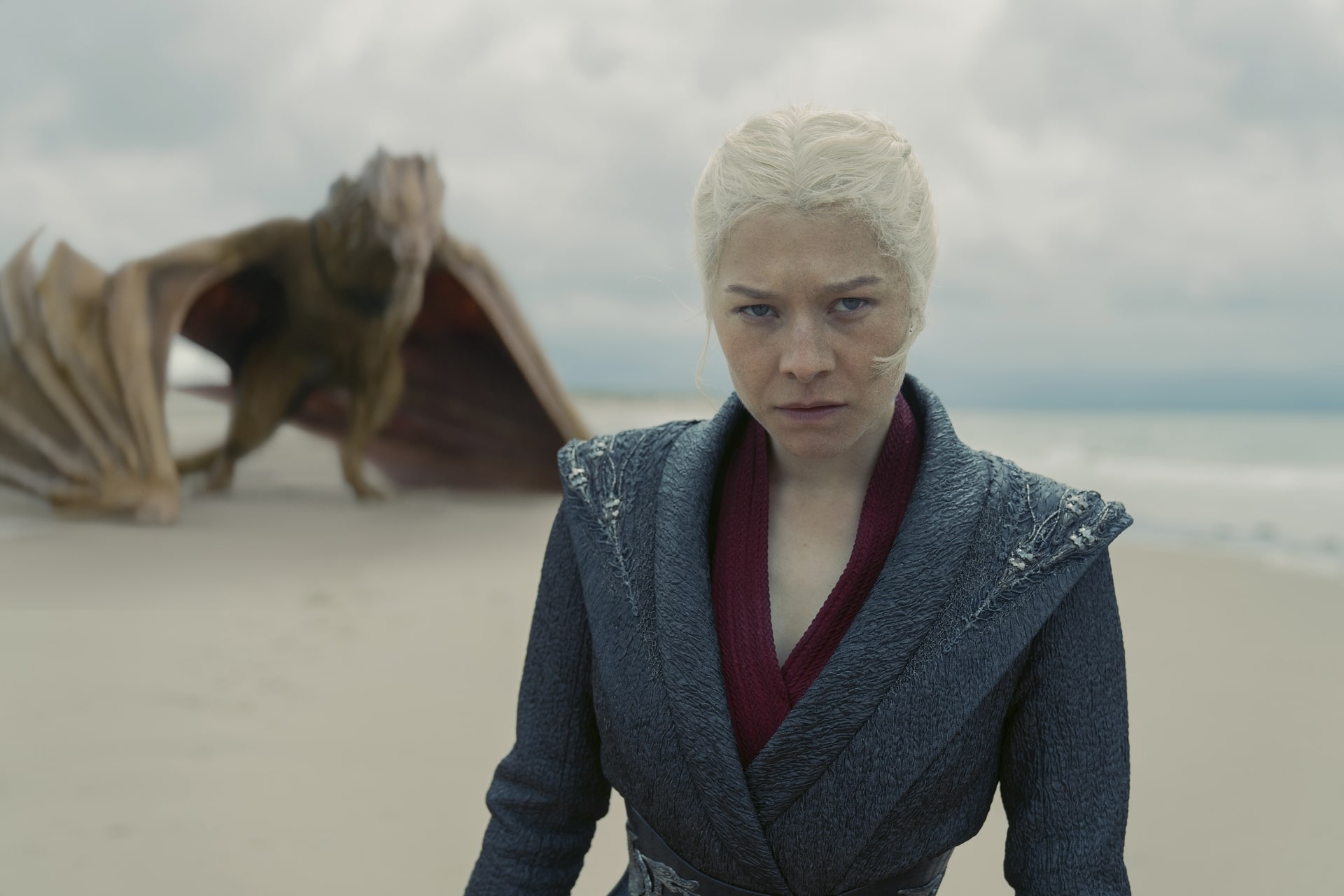
Credit: Theo Whiteman/HBO
Below is a comprehensive list of dragon commands from the website of David J. Peterson, the creator of the Valyrian language for House of the Dragon.
- Aderī! – Quickly!
- Angōs! – Attack! (to one dragon)
- Angōtōs! – Attack! (to more than one dragon)
- Daor! – No!
- Demās! – Sit! (to one dragon)
- Demātās! – Sit! (to more than one dragon)
- Dohaerās! – Serve! (to one dragon)
- Dohaerātās! – Serve! (to more than one dragon)
- Dokimarvose! – Focus! Pay attention!
- Drakarys! – Breathe fire!
- Elēnās! – Bank! (to one dragon)
- Elēnātās! – Bank! (to more than one dragon)
- Embrot! – Down!
- Geptot! – Left!
- Gevī! – Good! (variant 1)
- Hegnīr! – Good! (variant 2)
- Iēdrot! – Drink!
- Inkot! – Back!
- Iōrās! – Stand! (to one dragon)
- Iōrātās! – Stand! (to more than one dragon)
- Jās! – Move! (to one dragon)
- Jātās! – Move! (to more than one dragon)
- Kisās! – Eat! (to one dragon)
- Kisātās! – Eat! (to more than one dragon)
- Lykirī! – Be calm! (variant 1)
- Māzītīs! – Come! (to more than one dragon)
- Ninkiot! – Land! (variant 1)
- Nopot! – To the pit!
- Paerī! – Slow!
- Paktot! – Right!
- Pālēs! – Evasive maneuvers! (to one dragon)
- Pālētēs! – Evasive maneuvers! (to more than one dragon)
- Parmot! – Land! (variant 2)
- Rāpirī! – Be calm! (variant 2)
- Renīs! – Touch! (to one dragon)
- Renītīs! – Touch! (to more than one dragon)
- Tegot! – Land! (variant 3)
- Tymās! – Play! (to one dragon)
- Tymātās! – Play! (to more than one dragon)
- Vēzot! – Up!
- Ynot! – Come! (variant 2; lit. “to me”)
Read More: Fans think Daenerys Targaryen might be coming back, here’s why
-
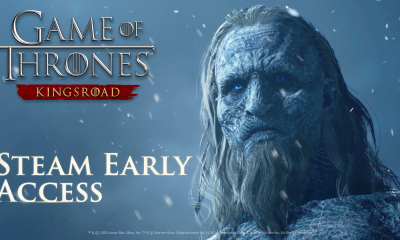
 News6 days ago
News6 days agoGame of Thrones: Kingsroad now available on Steam on early access
-
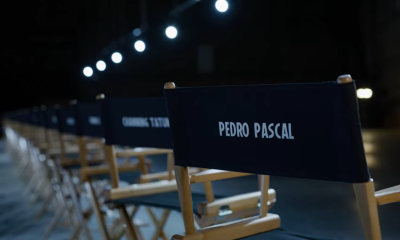
 News3 days ago
News3 days agoPedro Pascal is confirmed to be in Avengers: Doomsday
-
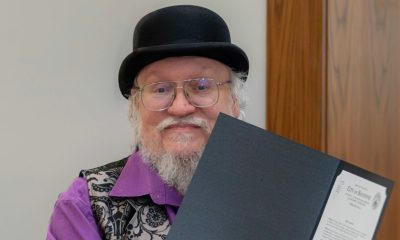
 Interview5 days ago
Interview5 days agoGeorge R.R. Martin says The Winds of Winter is “coming pretty well”, wishes to finish it faster
-
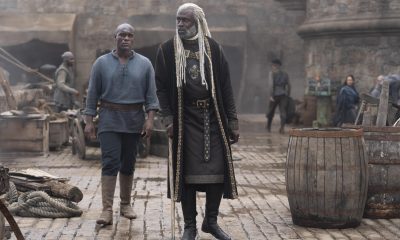
 Filming2 days ago
Filming2 days agoTumbleton and Battle of The Gullet sets being built right now for House of the Dragon Season 3
-
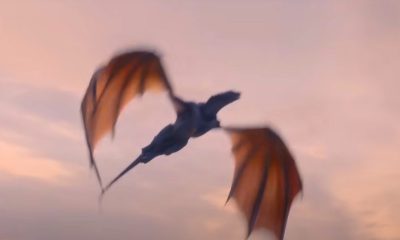
 Interview25 minutes ago
Interview25 minutes agoHouse of the Dragon showrunner teases new major characters in Season 3
